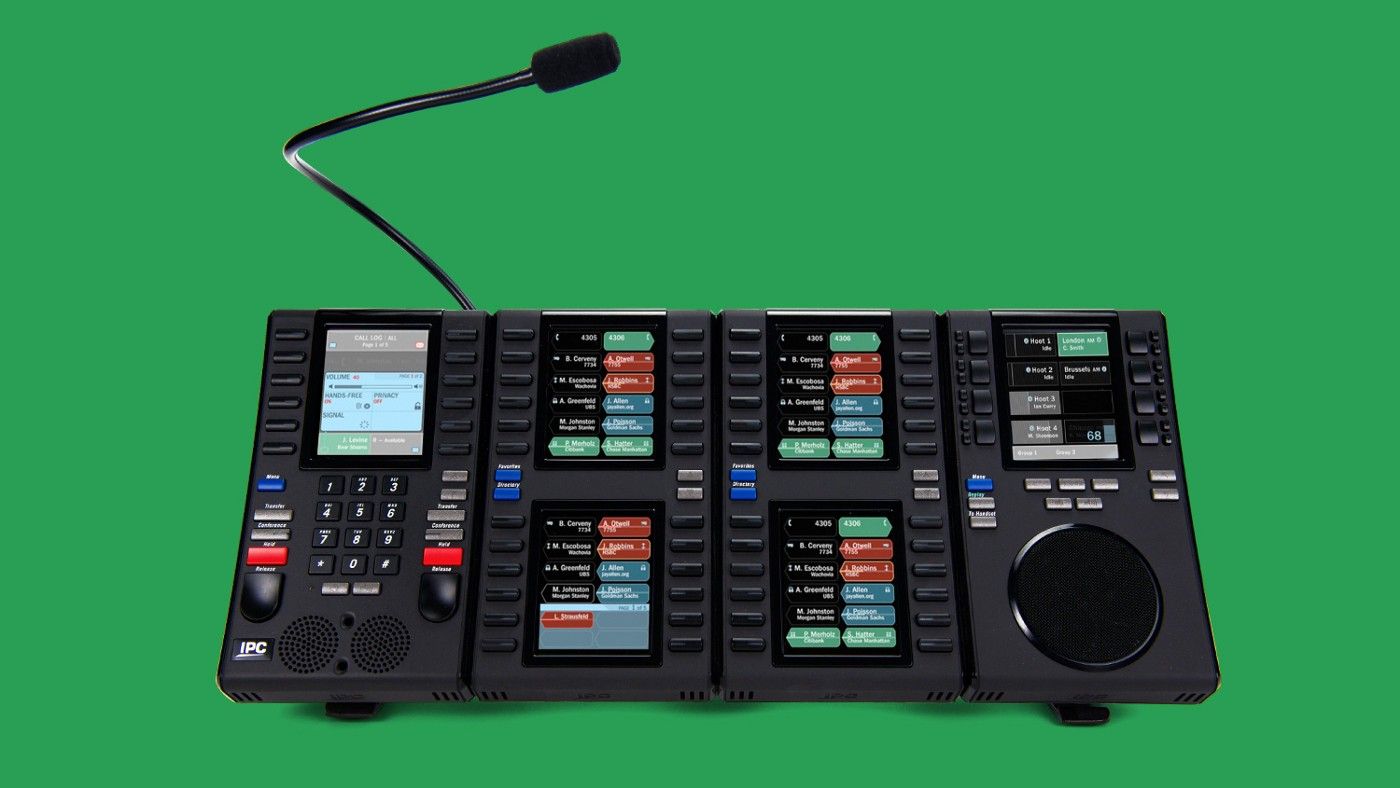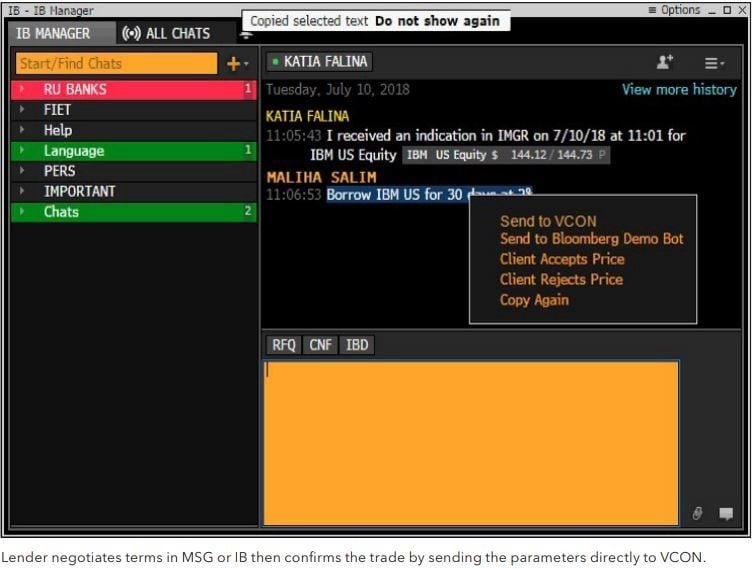What Collaboration Tools Can Learn From the Trading Floor
Collaboration tools. So hot right now. A friend called them “catnip for venture capital” to me earlier this week. With recent seed rounds in the space pulling in $30+ million valuations, he might not be wrong.
But, look, those valuations also might be justified. This is big business, as has been demonstrated by companies from Asana to Zoom (and every letter of the alphabet in between). Remote work is on the rise. And as the founders of Tandem, the hot new Y Combinator startup, said on stage at Demo Day earlier this week: every team is a remote team, whether you are sitting on the other side of the office or on the other side of the world.
Tandem has a lot of cool features, but in digging into the product, the one that struck me most was the ability to call a coworker. Yes, I know. Bear with me. Your laptop rings and, without even answering, your colleague can be talking to you. Depending on who you are (and whether you are a sales manager or a software engineer) this may sound like heaven or hell.
But to me, it reminded me a lot of a product I’d used before… a long time ago in a galaxy far, far away… on Wall Street.

I give you, the Turret phone. These are a staple of every trading desk. An intimidating series of buttons with nearly illegible writing denoting who each one calls. One, or two, or (for the real BSDs) three speakers that might all be screaming at you at once. A microphone. Often accompanied by both a handheld, curly-corded phone as well as a headset. I’m getting stressed just looking at it. The hardware on these bad boys runs on the order of $10,000 a pop. I will never forget watching a fellow trader destroy one with his bare fist in a fit of rage.
War stories aside, this “phone” was so much more than a phone and, I think, can actually teach us a lot about what an effective collaboration tool might look like. God knows, if there was ever an environment that demands effective collaboration, it’s the trading floor.
If you’ve ever watched a movie about New York in the 1980’s, you know the trading floor is a place of pandemonium. Men in loosened neckties with coffee stains on their clothes shouting into phones. Sales guys smooth-talking clients. Traders tearing their hair out bemoaning the markets. “Buy! Sell! I said buy dammit!” It is some of the highest-stakes, fastest-paced communication you can find. Millions of dollars on the line and if you mis-hear your coworker or misinterpret what he’s said it could blow your entire year.
And it gets even more complicated. You are coordinating across time zones: it’s common to trade real-time with colleagues in Asia or London while you are sitting in New York. You are coordinating across companies: you need live lines of communication open with your clients, with your brokers, and even with your competitors. As I think about it, the successful coordination that happens within this chaos is little short of a miracle.
And it is largely due to the Turret phone. With the Turret phone, as a trader, I can immediately drop in on a colleague sitting a few seats away to ask for an update. I push a button and my voice will come out of a speaker at their desk, as if I am right there with them. I can call out to a broker sitting on the other side of Manhattan to work on a trade together. There is no option to not pick up. I can just “drop in”, as if I have walked up and tapped him or her on the shoulder. This is great for the high-stakes, time-sensitive, distributed nature of trading.
If this sounds extreme, then let me tell you about the “hoot-n-holler”. More commonly called “the hoot”, this speaker system allows me to speak into a microphone at my desk in New York and have my voice amplified for all to hear across the entire company, not only on the other floors of the New York offices but also in London, in Tokyo, in São Paulo…
The hoot gets used for broadly-applicable announcements, like when there is a major headline and one of the economists comes on to provide analysis and commentary. It also gets used to execute trades (usually big ones) or to call out to a trader who has gone unresponsive to pick up her phone.
But one of the really cool things about this system of mass, live, voice dialogue is that it also creates community. On Fridays, a game would be played over the hoot, a sort of lottery in which much of the New York office would enter his or her ID card into a pool along with some amount of cash. ID cards would be pulled and called out over the hoot one by one until there was only one remaining… and that lucky winner would take home the entire pot of “weekend money.” We would sit by the speakers cheering and jeering and hoping not to hear our names. From games to the day-to-day… Teammates developed nicknames for each other that were used over the hoot. Entire offices, even, were dubbed with funny monikers, as in the case of the San Francisco office which, in extreme situations would be called upon with an urgent shout of “OAKLAND!” for all to hear blaring from their speakers from California Street to Fleet Street.
Collaboration in the workplace is often as much about building a cohesive community as it is about efficiently and effectively getting work done together. I am hardly suggesting that every enterprise software startup or law firm would benefit from Turret phones or the hoot (they wouldn’t). The trading floor is a unique environment with unique challenges and benefits. But there is a lesson to be learned and a parallel to be drawn as we consider what collaboration tools can look like. The Turret phone shows us that when we use the same communication tools for colleagues both near and far, even our distant coworkers feel like they are just a few desks away. The hoot shows us the importance of mass, collective communication for building culture and community.
After all, one of the biggest success stories in the collaboration space reminded me a lot of another staple of trading floor communication when I first saw it. Slack, I said at the time (overly dismissively), was the reinvention of Bloomberg Chat for startups. Perhaps we are about to see the same reinvention happen for Turret phones.
